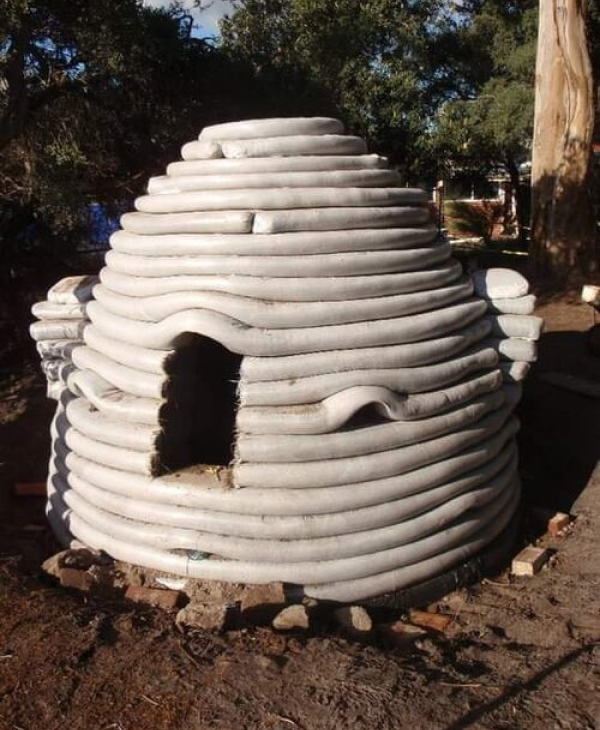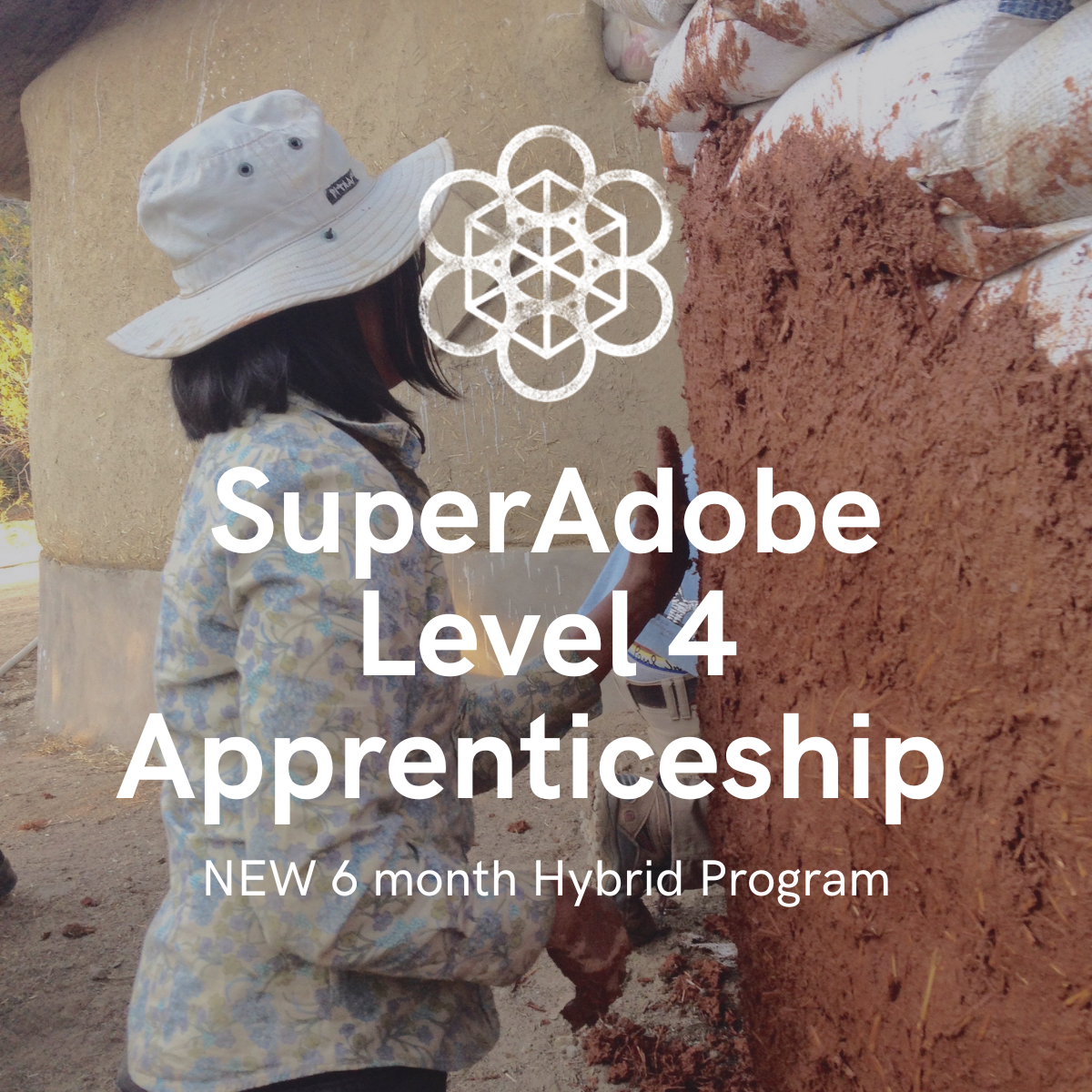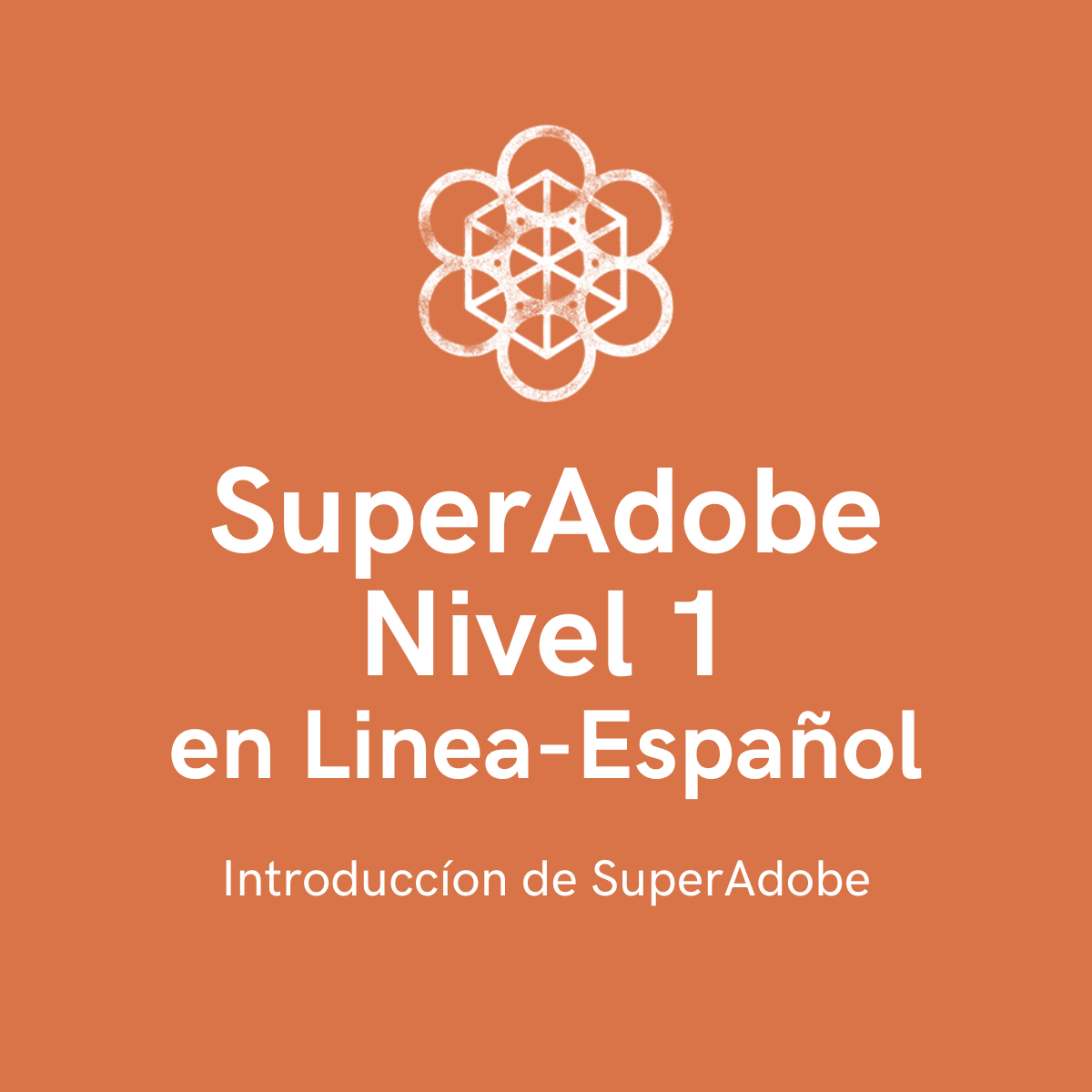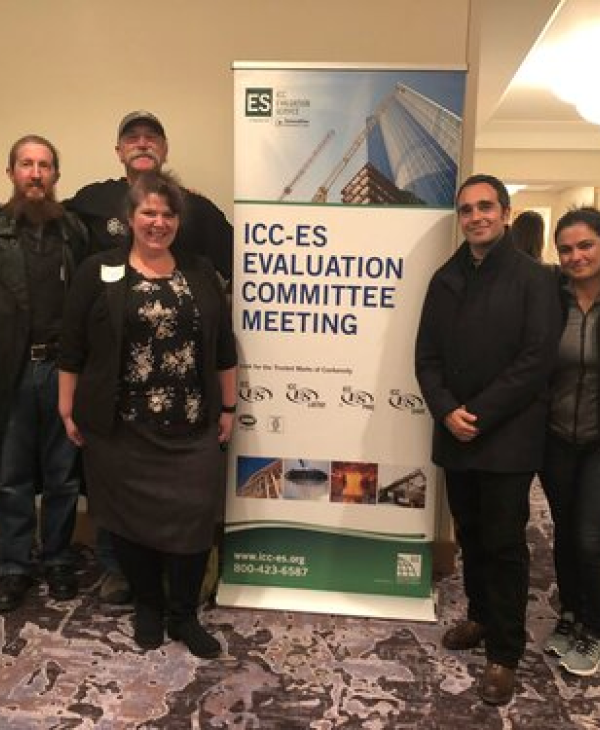After learning about SuperAdobe technology, Mystee built several projects throughout Australia. She is currently living off the grid in an epic permaculture food forest of her own making that also includes a SuperAdobe art studio!
Describe your experience at CalEarth. Which workshops did you attend?
I did my CalEarth workshop in March 2010 and spent a week prior to my workshop volunteering onsite as a work-exchange, and then I was fortunate enough to spend a further 4 weeks helping with others' projects onsite after my workshop. My time at CalEarth was a life changing experience. Honestly it was. I had spent so many hours trawling the CalEarth website, so in love with the structures, that I came to a point where I just knew I had to go to CalEarth and see it for myself and learn first-hand from the source of SuperAdobe. I had been contemplating doing a conventional building apprenticeship in Australia but was torn with the idea due to the insane hours and hard laborious years at low pay working in a male–dominated industry. An industry that is also one of the most waste-creating and that uses anything but natural materials aside from timber. It just didn’t fit with me, but I knew I wanted to learn to build. I come from an arts background of painting and sculpture so when I discovered SuperAdobe, I knew I had found something special that fit with me and my way. To see how SuperAdobe combined building and sculpture was so beautiful and inspiring. And, a waste-free building method sat so well with me.

When I arrived at CalEarth, I was blown away by the beauty of these structures. I slept in the Homeless Deluxe for three weeks and these were the best three weeks of sleep I have EVER had. To be held by an earth dome is truly a safe, still and grounding experience. I met incredible people during my time and formed meaningful connections with so many people. It was uplifting to meet others on a similar path to mine, but coming from all over the world. To work physically, building, moving earth, rendering, cleaning was a wonderful change from a sedentary life I was living in the city back home in Australia. It was enlivening to be back in my body, using it and becoming stronger whilst having so much fun building and playing with the earth. And my body has continued to become stronger, more flexible and healthier as my building journey has continued. To spend time learning at the amazing campus of CalEarth was incredibly aligning, physically, mentally and spiritually and I felt my time there catapulted me on the path of my heart. I also learned how to build!

What do you wish people knew about CalEarth?
I wish people knew everything about CalEarth! I wish they could walk amongst the structures and houses, climb over the buildings and watch the sunset from the earth roofs. I wish they could deeply feel and resonate with the humanitarian core of the CalEarth philosophy and ethics and feel moved to incorporate this into their own lives no matter what part of the world they are from and what their socio demographic is. I wish people knew that CalEarth holds the key to sustainable affordable housing, like nothing else I have come across. And I wish people knew how simple and attainable and sustainable building and owning your own home can be with SuperAdobe.

Was it difficult to learn how to build using SuperAdobe?
No it wasn’t! And it was so much fun! I absolutely loved learning each element of building with SuperAdobe. From making a mix, to filling the bag, tamping, working safely with barbed-wire and of course rendering, learning the aesthetical elements of making a structure into a beautiful strong sculptural home. Each process of building with earth lends itself to intuition. It’s a natural inclination for humans to build with earth and SuperAdobe makes building with the soil beneath your feet easier, stronger and opens up so many creative possibilities for architecture and construction. You can build almost any shape house you can imagine!

How does SuperAdobe fit into your lifestyle?
It’s a wonderful tool for me in my garden. Creating sculptural garden beds will be one of the next things on my list at home. It’s such a flexible building medium that its uses are almost endless. I also have done a lot of teaching of SuperAdobe, which is something I plan to do more of in the future, as I love teaching, and I love giving people the skills to build for themselves. The avenues that it opens up for people and their lives, beyond building a home, are huge. The ability of this technique to build culture and community wherever it goes always blows me away and opens my heart. I’m just finishing my own SuperAdobe studio which is a small space for silversmithing and painting. Now that I can build with SuperAdobe its always my go to method of creating structures due to the simplicity, strength, durability and flexibility. It’s also a fire-proof building technique which is a huge deal living in Australia where our fire seasons are getting longer and more severe each year. Protecting my home and my family with wind shelter walls that also act as fire breaks has been a great addition to my small property that is in a very fire prone part of Victoria. Knowing that my studio can also act as a fire bunker in an emergency is also a comfort during our intense summers.

You've built multiple domes in Australia. What are they used for?
I have built three 8ft domes, 2 in schools in Melbourne and 1 at Ceres Community Environment Park. The Wattle Park Primary School dome and the Ceres dome were built during CalEarth workshops that we taught and are used as childrens play houses/cubbies for kids to climb on and play in, as is the one that I built at Mentone Park Primary School, which was the first build I did after doing my apprenticeship at CalEarth.
I have also built multiple sculptural garden beds, the base wall for a smokehouse in Tasmania, multiple pizza ovens and the latest build that my partner and I just completed is a spiral shaped building with straight walls and a conventionally built roofing system that is a piano studio in Victoria’s Wimmera region. This build took us 3.5 years to complete, but in reality it’s probably about 6 months of full-time work. It is a beautiful sacred space complete with a mosaic, round top windows and a sunray door that I designed and my partner and I built. The shingles on the roof are made from over 400 recycled speedway tyres that we saved from landfills. It’s a magical building and the lady we built it for is teaching from the beautiful space now.

Talk about some of the unique design features found inside and outside your structures.
The Piano Studio, named Meera, has a beautiful bed nook, wrap around bench seating, a poured earth benchtop, a mosaic and a roof that is made from recycled tyres.
My studio, which is not a dome but has straight walls and a skillion roof has mostly scoria in the walls for insulation, a small loft space for storage and reading, a green roof, and a courtyard area connected with a long wall that has a half dome aps for summer sleeping. There will also be a pizza oven in the courtyard space.
All of the domes have climbing holds so that the kids can climb all over them and open windows they can climb though or sit in, plus pipe holes they can spy through. The door openings are also hobbit sized so that they are children scale.

Is SuperAdobe conducive to Australia's climate? Why did you choose to build using SuperAdobe vs. a more typical style of building?
SuperAdobe is a wonderful building option for the Australian climate for a number of reasons. It’s fire-proof, which I have mentioned, a huge benefit in this dry fire prone continent. It is also more affordable, and we have an abundance of soil!! So a free building medium is also a bonus. Where I live, we get very cold wintery months so we decided for my studio to build with Scoria in the bags. There is a scoria quarry close by so this was a very affordable option and adds an insulating property to the walls so that they keep the building at a very even temperature. It stays warmer with a simple wood stove in the cold months and with no air conditioning stays incredibly cool in the summer months.

Typical building styles in Australia are not fire resistant and are expensive. There are a lot of recycled materials available if you’re willing to look around, however the fact they will burn in a fire just makes SuperAdobe seem like the more sensible choice if you are going to go the effort of building something. Plus SuperAdobe’s organic form and sculptural aesthetic make it without a doubt, the better option. SuperAdobe buildings are beautiful!

How has your art influenced the construction of your domes? How have your domes inspired new pieces of art?
Having an artistic eye for curves has definitely inspired my dome building. Designing the window openings and doorways along with landscaping additions and rendering and aesthetic considerations are full of endless possibilities. Sometimes it's difficult to decide which way to go because of this so I always like to simplify my designs, keep them approachable and trust that the basic design and raw elements of earthen renders will make the structure beautiful in their own right. I also love embellishing a building with details of reptiling, which is not only beautiful but very durable. I love the simplicity of lime washed earth walls. which marry beautifully with my paintings. The domes have definitely become works of art in their own right as well. They are sculptures that can be interacted with.
The SuperAdobe Piano Studio has evolved throughout the build to be a space of pure artistic expression, from its shape, to the mosaic, to the door, the renders, the poured earth benchtop and the bed nook. It’s the largest sculpture I have ever done.

Do you have plans to build additional SuperAdobe structures?
Absolutely! I’m not sure what they will be but I think I will always build with SuperAdobe. Beyond it being an addictive way to build, its just so incredibly approachable and such an adaptable building method, so it makes sense to use it as a ‘go-to’ building technique wherever possible. It’s also the cheapest and strongest and most beautiful way to build in my experience. Plus it’s a lot of fun to build with others and it builds community simultaneously.

If you could describe the SuperAdobe technique in one word, what would it be?
Liberating.





